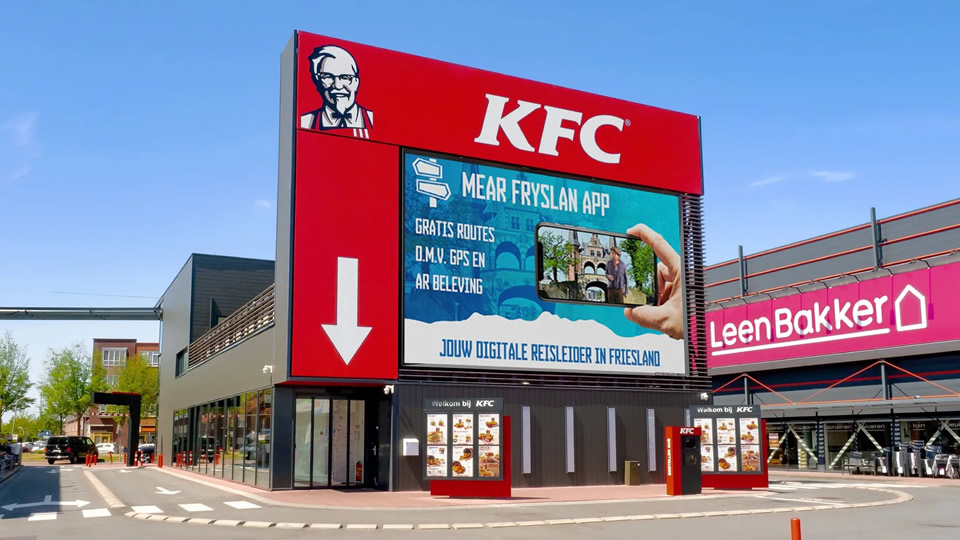When it comes to selecting the right led display, understanding the differences between indoor and outdoor applications is essential. From pixel pitch to brightness levels and durability, each type of environment requires specific features. This guide will help you make the best choice based on your business needs.

1. Understand Your Application Environment
The first step is to determine where the LED display will be used.
Indoor LED Displays are often used in shopping malls, exhibition halls, control rooms, conference centers, and stages.
Outdoor LED Displays are installed in stadiums, building facades, billboards, and public transportation areas.
Each environment requires different levels of protection and visibility.
2. Consider Pixel Pitch and Viewing Distance
Pixel pitch refers to the distance between two LED pixels. A smaller pixel pitch means higher resolution and better image quality.
Indoor led displays usually require a smaller pixel pitch (P1.2 to P3.9) because viewers are closer to the screen.
outdoor LED displays often have larger pixel pitch (P4 to P10+) since the audience views the screen from a greater distance.
Choosing the correct pixel pitch ensures a balance between clarity and cost.
3. Brightness and Visibility
Indoor LED Displays require lower brightness levels (around 800 to 1500 nits) to avoid glare in enclosed spaces.
Outdoor LED displays must be highly visible under direct sunlight, with brightness levels ranging from 5000 to 7000 nits or more.
Make sure the display includes an automatic brightness adjustment feature for energy efficiency.
4. Waterproof and Weatherproof Features
outdoor LED screens must have a minimum IP65 rating to withstand rain, dust, and UV exposure.
Indoor displays can have a lower rating (such as IP20), as they are not exposed to harsh conditions.
5. Installation and Maintenance
Outdoor displays typically require stronger mounting structures and may need front or rear maintenance access, especially when installed at high locations.
Indoor displays are often lighter and thinner, designed for easier installation on walls or hanging systems.
6. Content Requirements
Outdoor screens are ideal for dynamic ads, traffic information, and public service messages.
Indoor screens often focus on product promotion, presentations, or digital signage in controlled environments.
Knowing the content type helps in choosing the right resolution and display size.
7. Budget Considerations
While indoor displays are generally less expensive due to lower brightness and protection requirements, outdoor displays require more investment because of their durability and weather resistance.
Choosing the right LED display depends on where and how you plan to use it. Consider pixel pitch, brightness, IP rating, installation needs, and budget before making a decision.
Working with a reliable LED Display Manufacturer ensures you get a tailored solution that meets your project requirements.
If you need customized LED displays for your indoor or outdoor projects, contact LEDManuf today for expert solutions and factory-direct support.

